
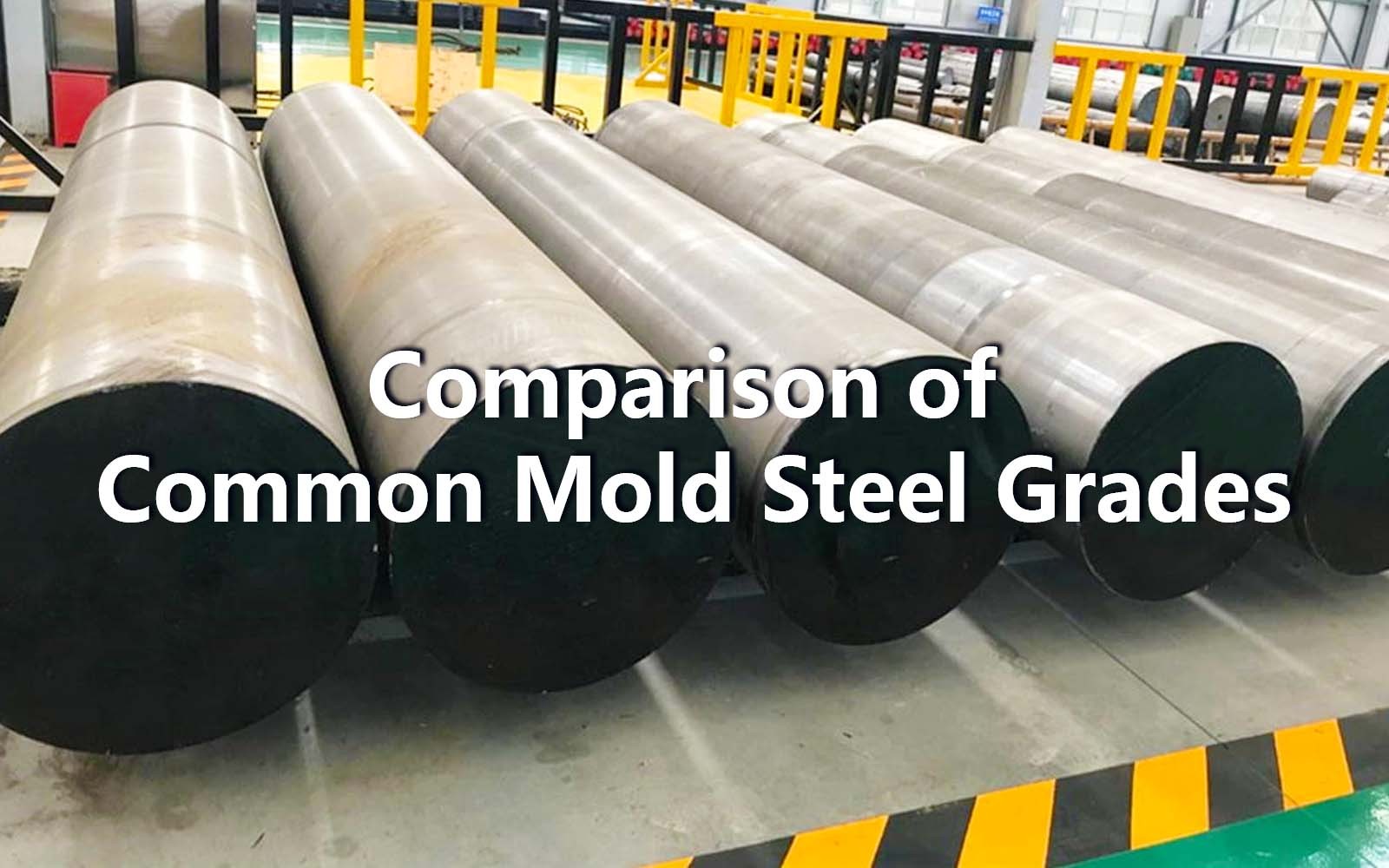
30/04/2024
FEATURE|Comparison of Common Mold Steel Grades in China and Other Countries
Mold steel is a type of steel used to make molds, such as cold stamping dies, hot forging dies, and die-casting dies. Molds are the main processing tools for manufacturing parts in industrial sectors such as machinery manufacturing, radio instruments, motors, and electrical appliances. Since the production standards of various countries are different, this has caused certain difficulties for customers in international trade. CSMC will organize and display the Chinese grades and other countries' grades to help customers conduct trade more smoothly.
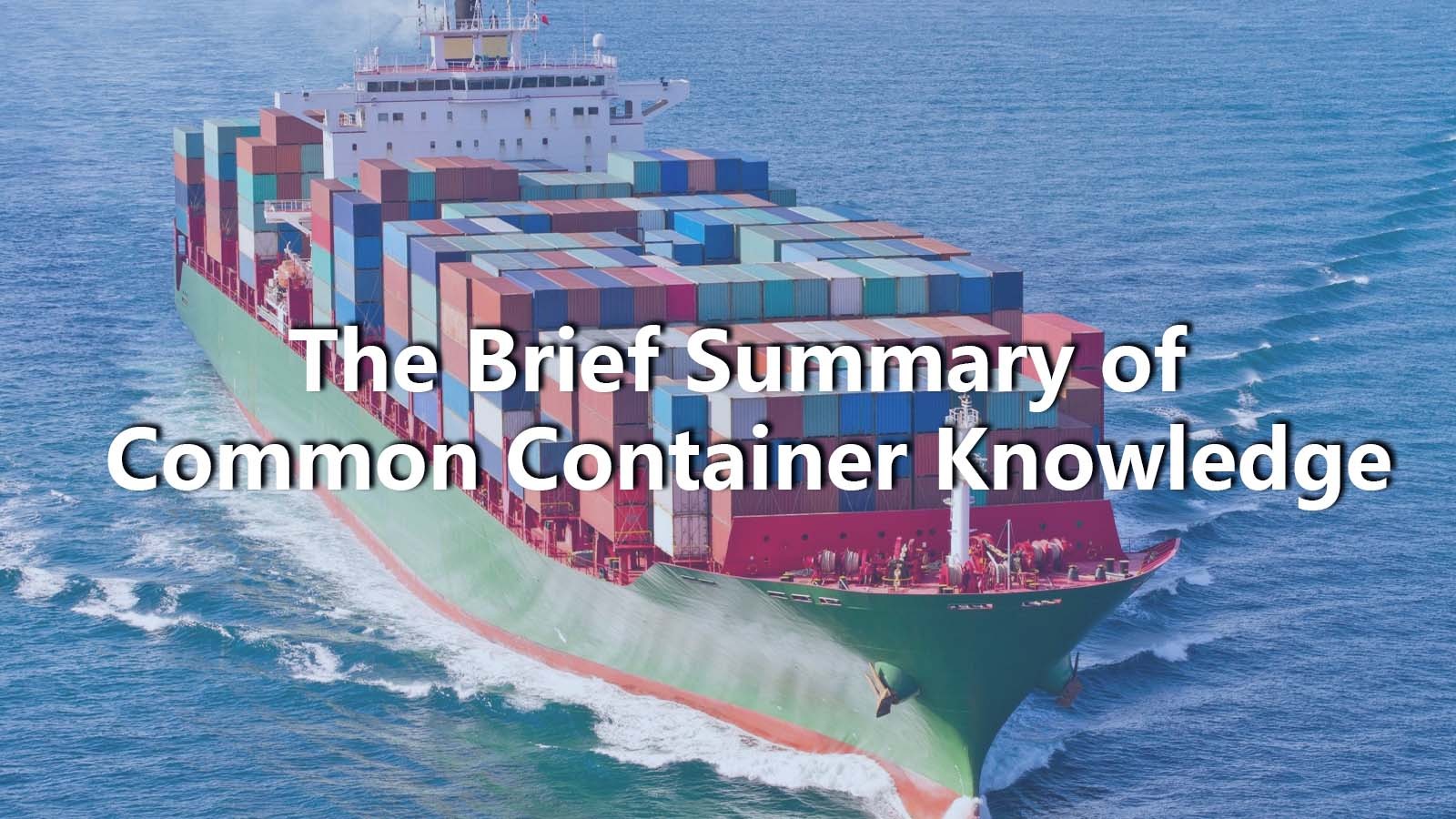
29/03/2024
FEATURE|The Brief Summary of Common Container Knowledge
Container refers to a large loading container with a certain strength, stiffness, and specifications specially designed for turnover use. The characteristics of containers are that they have a uniform format and can be stacked layer by layer. Therefore, they can be placed in large numbers on ocean-going ships. It can provide manufacturers around the world with high-volume shipping services that are cheaper than air freight.
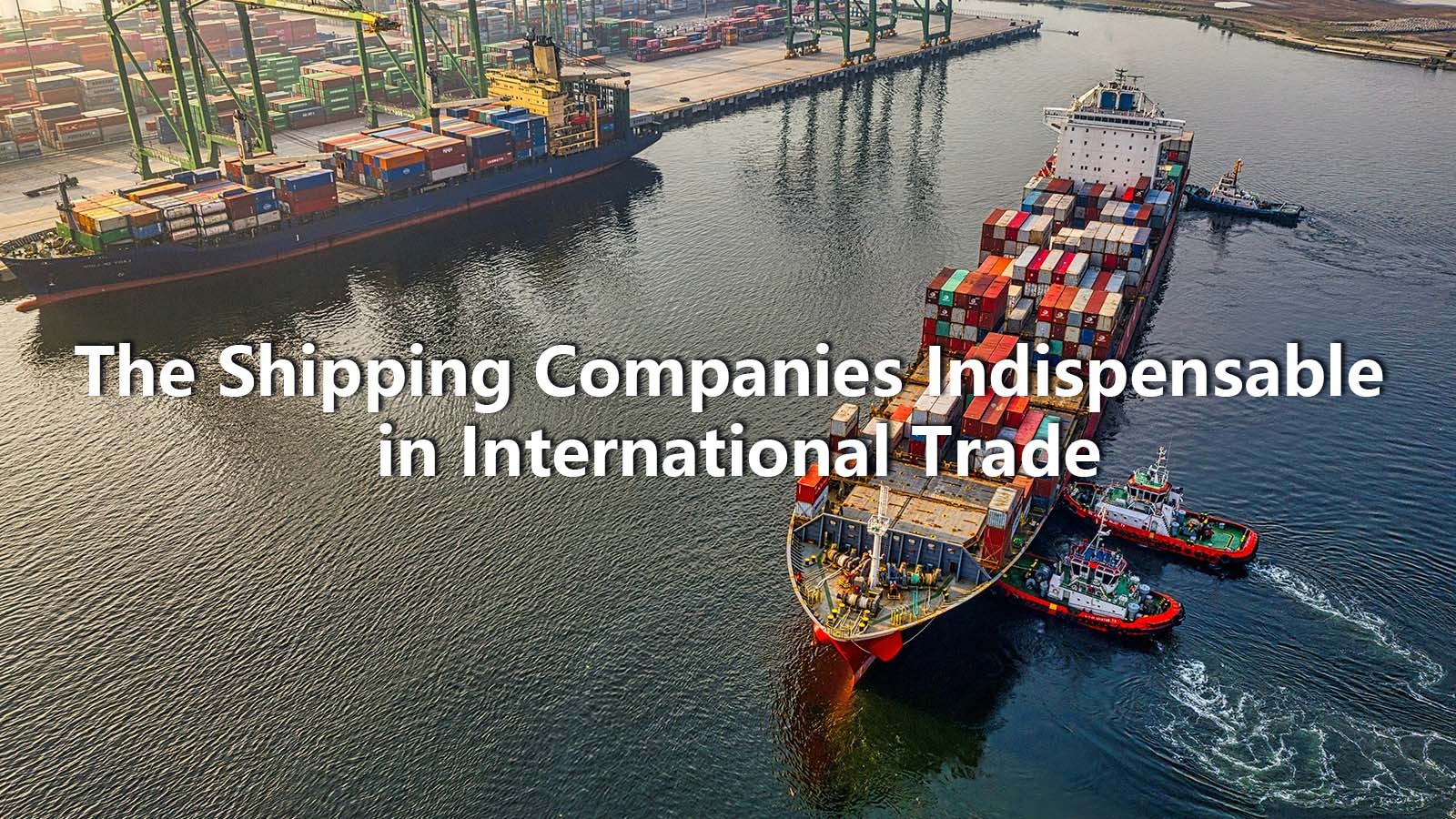
01/03/2024
FEATURE|The Shipping Company Indispensable in International Trade
In short, shipping companies help facilitate the smooth flow of international trade by providing comprehensive cargo transportation services. They play a key role in global supply chains, facilitating the flow of cross-border goods and supporting the globalized economy.
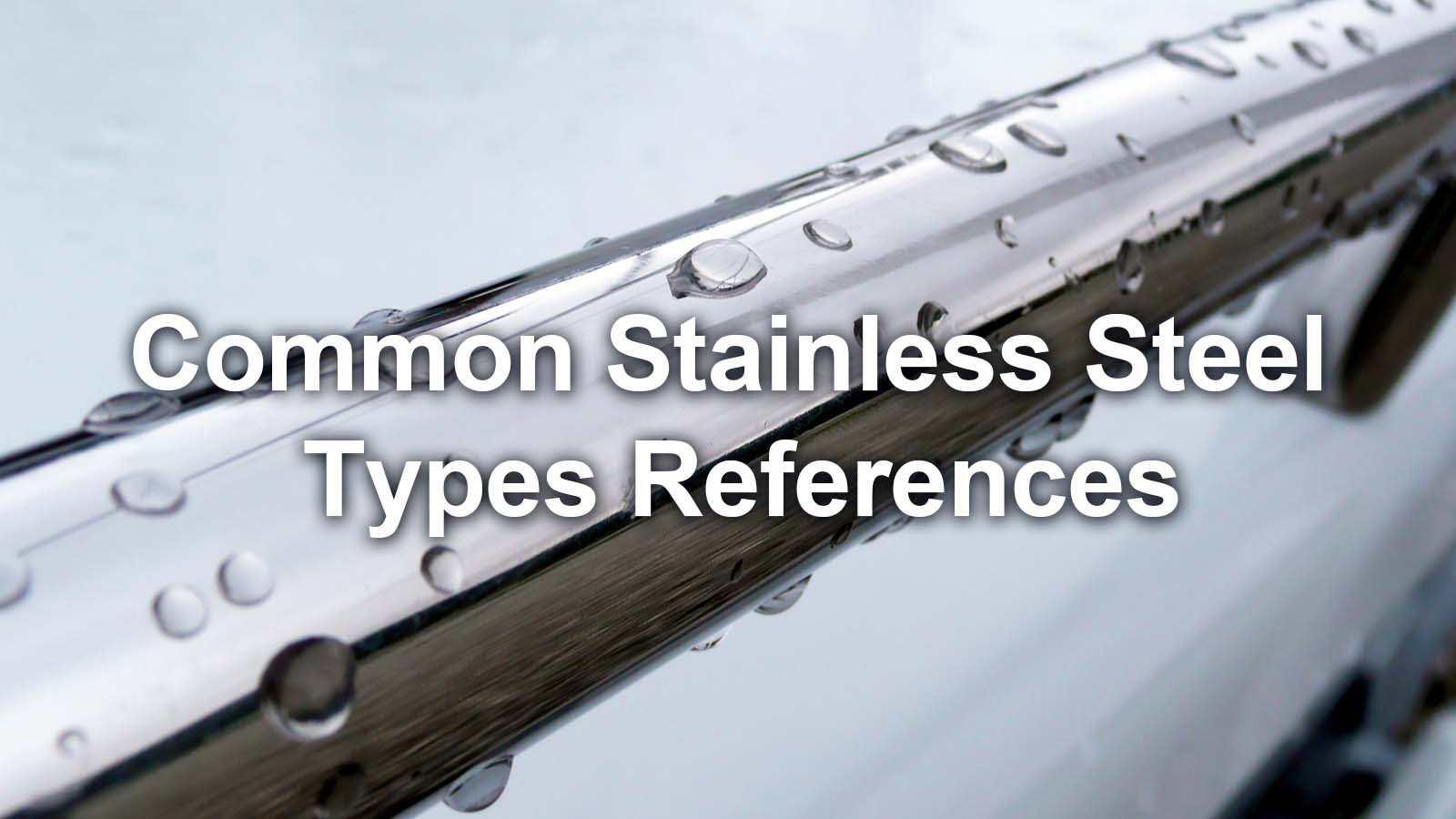
29/01/2024
FEATURE|Common Stainless Steel Types References
Common stainless steel classifications include martensitic steel, ferritic steel, austenitic steel, duplex stainless steel, etc. There are many different stainless steel models under each classification. This article lists the model names of various stainless steel materials.
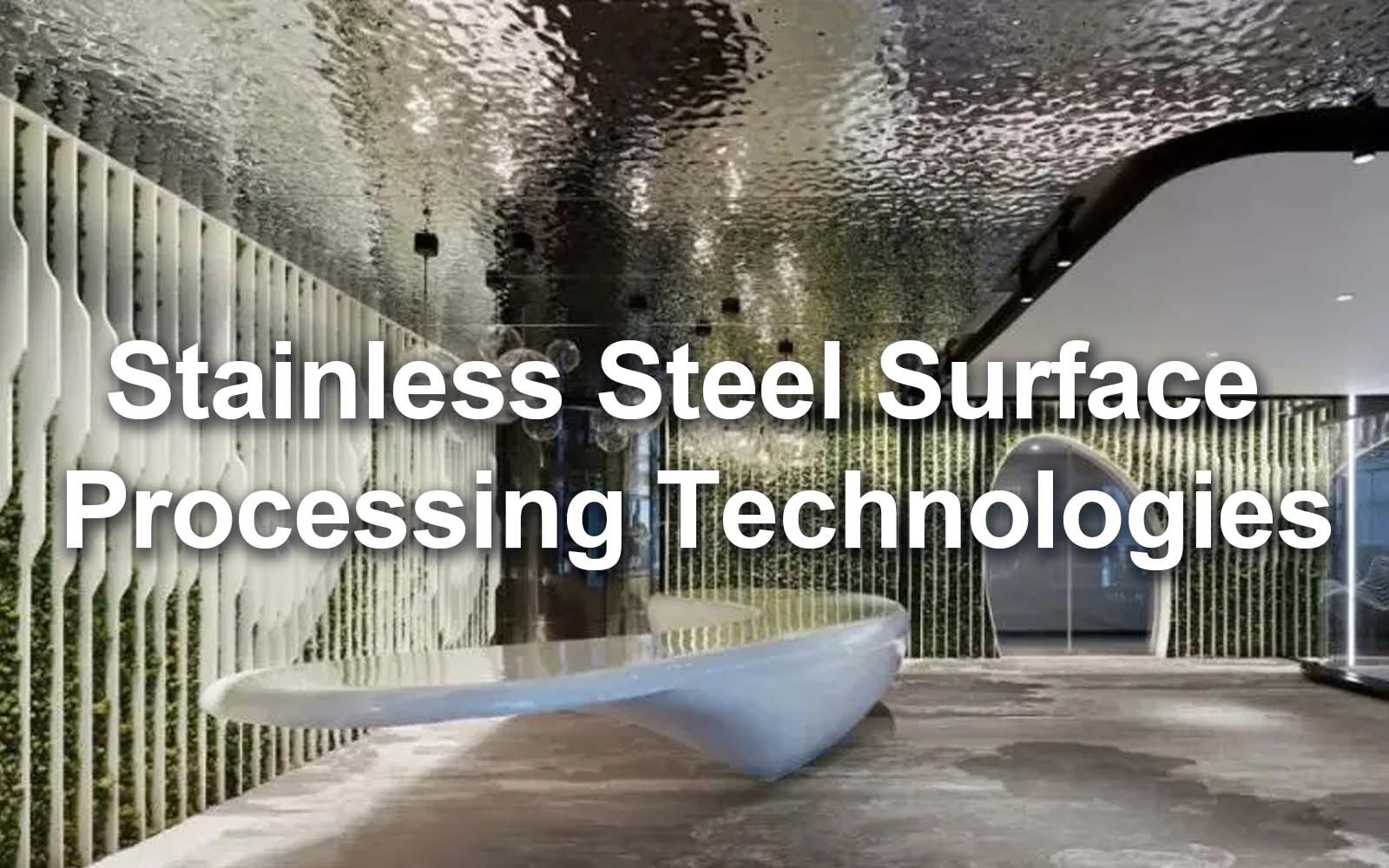
29/12/2023
FEATURE| Common Stainless Steel Surface Processing (Treatment) Technologies
The stainless steel surface treatment process plays an important role in the manufacturing of stainless steel products, and it has a significant impact on the appearance, corrosion resistance, mechanical properties, and service life of the product.
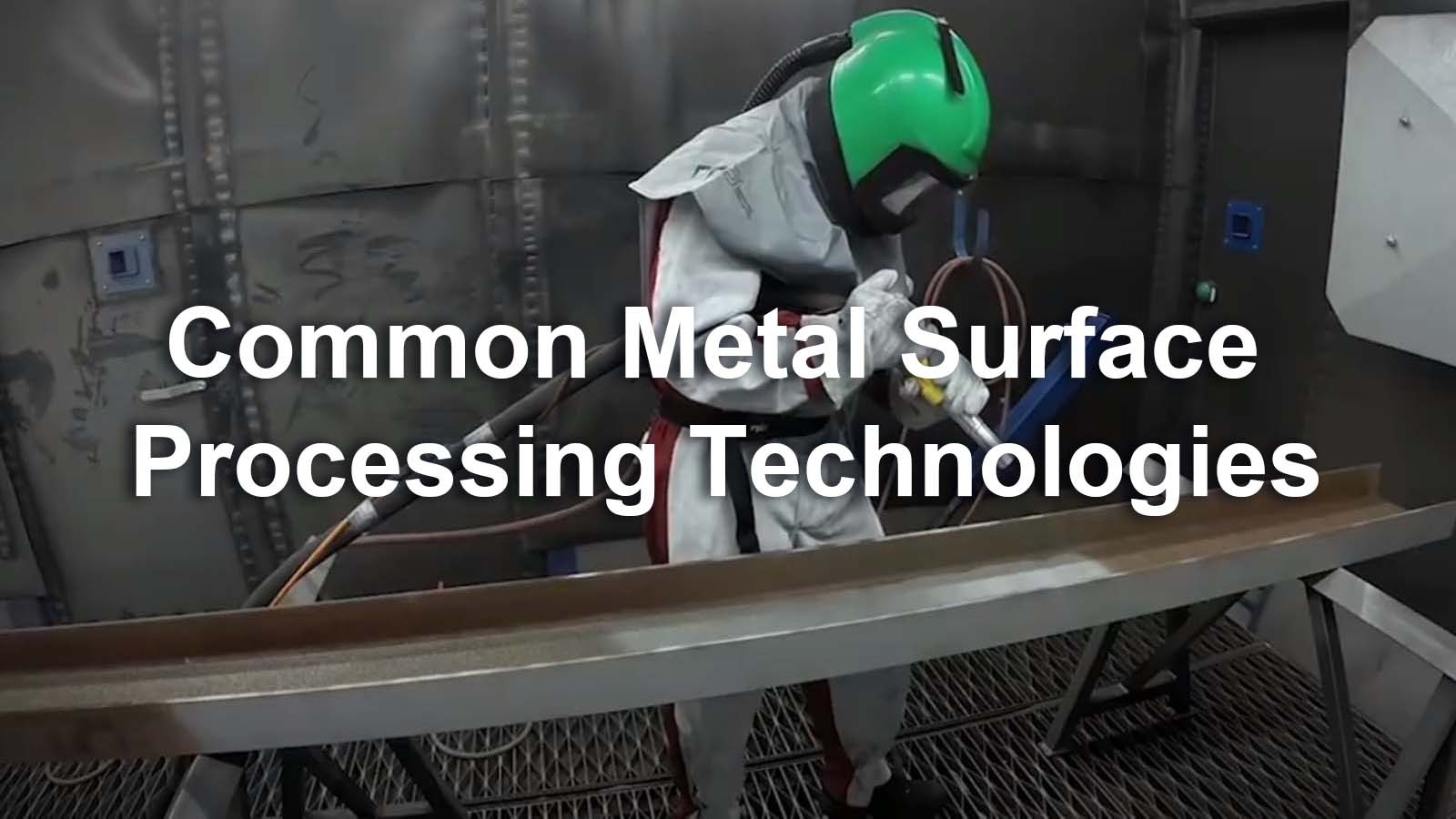
30/11/2023
FEATURE| Common Metal Surface Processing Technologies
In this article, CSMC will focus on seven surface treatment technologies. At the same time, CSMC will use pictures and text to illustrate these seven surface treatment processes. We hope this will be helpful to our customers.
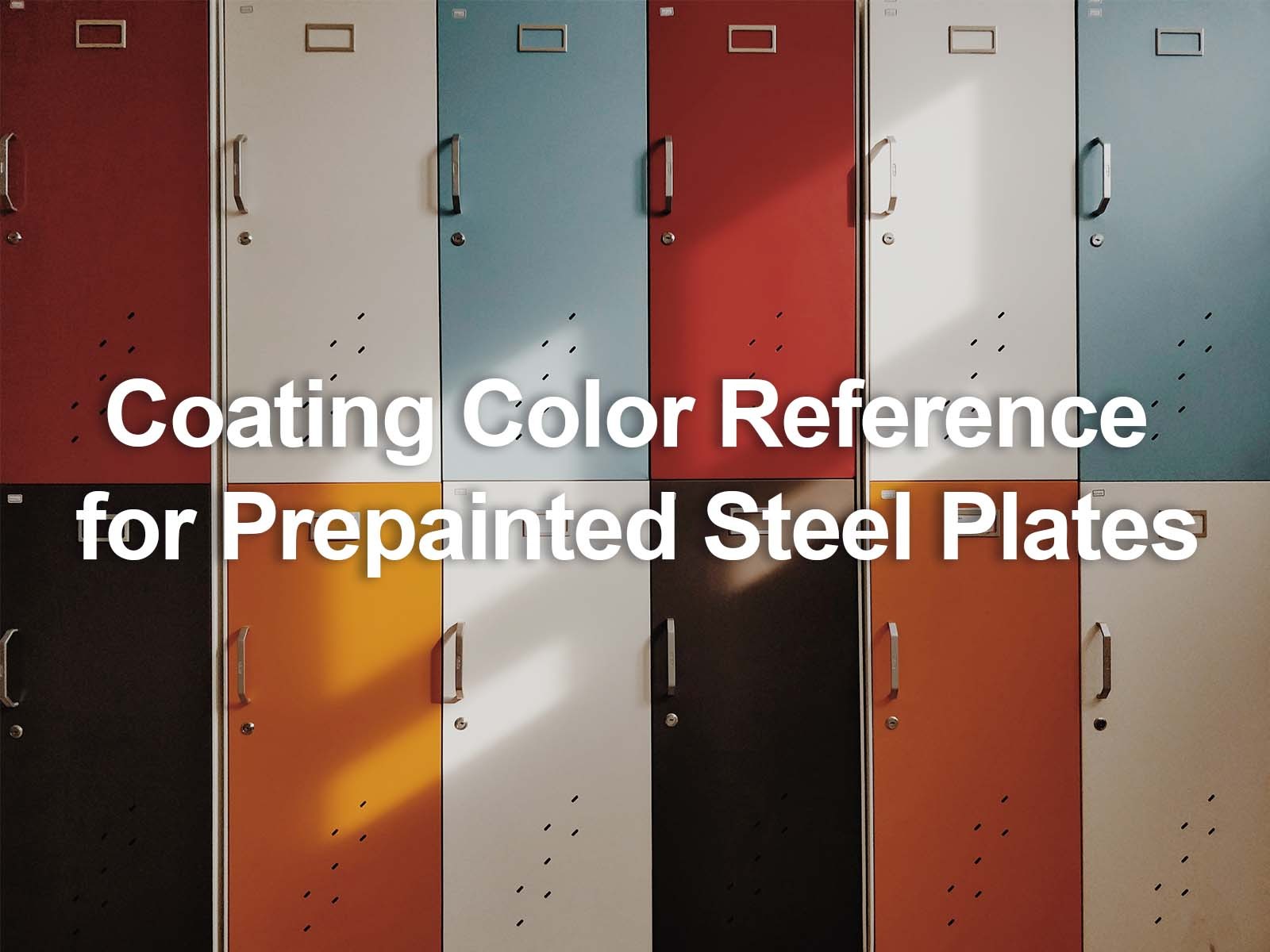
27/10/2023
FEATURE|Coating Color Reference for Prepainted Steel Plates--RAL Color Card
In this article, CSMC marks the colors of pre-painted steel plates commonly used in the steel trade according to the different coating materials on the surface of the pre-coated steel plates, hoping to help to customers.










|

|

|

|

|
| Timely Info | Independent | Platform | Multiple guarantees | Self-operated storage |
| About us | Channel | Useful tools |
|---|---|---|
| About China Steel Market | Prices | Steel Weight Calculation |
| Contact Us | Answers | Why Choose Us |
| Terms & Conditions | Inventory | |
| Privacy Policy | Help |
Hot search words: